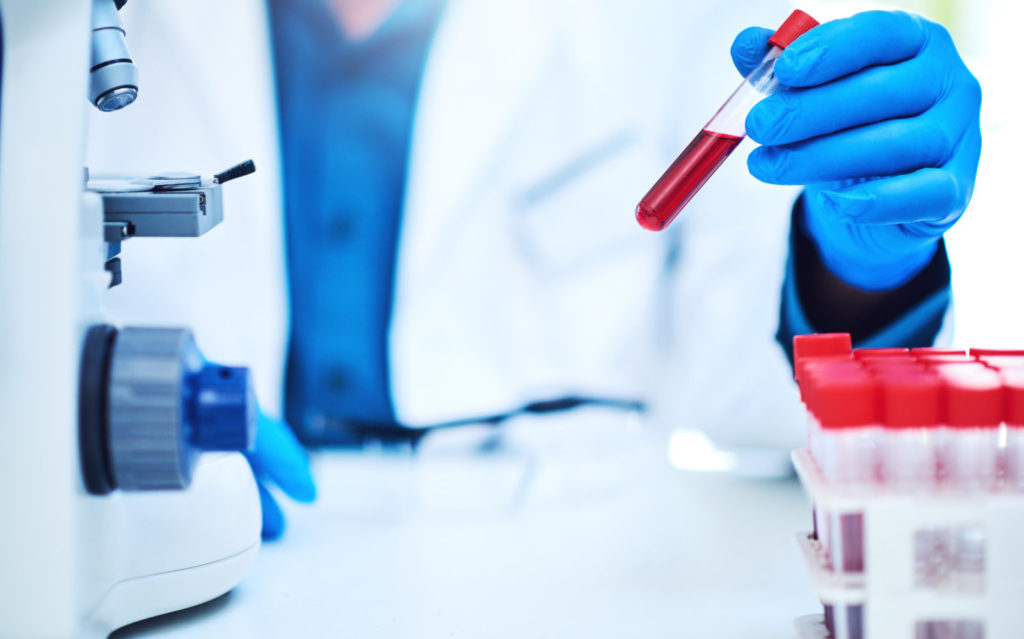2019 Novel Coronavirus: A Fact Sheet for Healthcare Workers

Posted by nealwaltmire on February 28, 2020 | Edit
A new coronavirus, COVID-19, has been identified as the cause of a cluster of severe pneumonia cases that emerged in Wuhan, Hubei Province, China, in Dec. 2019.
In a matter of a few weeks, hundreds of cases have been confirmed and thousands of contacts are under observation in Wuhan. Additional cases have been identified outside of Wuhan — so far, in Japan, South Korea, Thailand and the United States.
On Jan. 21, 2020, China announced that healthcare workers have been infected — at least fourteen by recent counts.
ABOUT COVID-19
While much has been learned about COVID-19 in a few weeks, there is still a lot we don’t know.
What is known: It is a coronavirus, which is a large family of viruses that can infect animals and/or humans. COVID-19 is similar to the viruses that cause SARS (Severe Acute Respiratory Syndrome) and MERS (Middle East Respiratory Syndrome).
SYMPTOMS
What is known: Symptoms of COVID-19 include fever and/or symptoms of lower respiratory illness such as coughing or difficulty breathing.
What is unknown: With some viruses, the infectious period precedes symptoms and with other viruses it coincides with symptoms — we don’t know yet know about COVID-19.
TRANSMISSION
What is known: Human-to-human transmission is confirmed.
What is unknown: Whether the disease is transmitted via contact, droplet, or aerosol. It is also unknown whether asymptomatic cases- if they are occurring- are infectious
The CDC recommends that healthcare providers screen patients for infection from the coronavirus.
If a patient has:
- Fever and symptoms of lower respiratory illness and history of travel from Wuhan, or close
contact with a person under investigation within 14 days - Fever or symptoms of lower respiratory illness and close contact with a person with confirmed
coronavirus illness within 14 days
Providers should immediately notify hospital infection control and the local/state public
health department. The CDC will help public health departments to safely collect, store and ship specimens. Currently, diagnostic testing can only be done at the CDC. Local labs should not attempt testing.
*Fever may not be present in some patients, such as the very young, elderly, immunosuppressed, or those taking fever-reducing medication. Clinical judgment should be used to guide testing in these cases.
PROTECTIONS FOR HEALTHCARE WORKERS
We do not yet know exactly how the virus is transmitted, but the CDC recommends infection control and personal protective equipment (PPE) for airborne, droplet and contact transmission — large and small infectious material can be inhaled or absorbed through mucous membranes.
Patients with suspected coronavirus illness should immediately be given a surgical mask and placed in isolation, preferably in a negative pressure room.
Personnel working with patients with suspected or confirmed coronavirus illness should use standard precautions, contact precautions and airborne precautions — use of an N95 or stronger respirator, nitrile gloves, gown and facial shield to protect the eyes, nose and mouth from splashes. Handwashing protocols are critical to prevent the spread of infection.
Workers must be medically cleared and fit-tested if using respirators with tight-fitting facepieces (e.g., a NIOSH-certified disposable N95) and trained in the proper use of respirators, safe removal and disposal, and medical contraindications to respirator use. Workers should receive refresher training on donning and doffing PPE. The Occupational Safety and Health Administration rule on respirators gives you the right to demand training and fit testing.
WHAT EMPLOYERS SHOULD DO TO PREPARE
- Provide training and education about the virus and how to recognize potential cases.
- Implement screening protocols to promptly identify patients with symptoms and travel history or
exposure history that mean the patient may have a COVID-19 infection. - Ensure prompt isolation of patients with possible or suspected cases of COVID-19. These patients should be placed in airborne infection isolation rooms whenever possible until COVID-19 has been ruled out or the patient has recovered.
- Maintain airborne infection isolation rooms so that they provide protection to staff and patients (e.g., ensuring that the rooms maintain negative pressure, ensuring the door is always kept closed).
- Provide personal protective equipment (PPE) to healthcare workers providing care to patients with possible COVID-19 infections. PPE should include N95 respirators plus covering of the eyes or powered air-purifying respirators (PAPRS) as well as gloves, gowns, and other PPE for droplet
and aerosol precautions. - Place sufficient staff to provide care to patients safely.
FOR THE MOST UP-TO-DATE INFORMATION
The situation is evolving rapidly. Please see the links below for the most up-to-date information.
- World Health Organization (WHO) Situation Reports: https://www.who.int/emergencies/diseases/novel-coronavirus-2019/situation-reports
- U.S. Centers for Disease Control and Prevention (CDC) on Novel Coronavirus: https://www.cdc.gov/coronavirus/2019-nCoV/summary.htm
U.S. Centers for Disease Control and Prevention (CDC) Interim Guidance for Healthcare Workers: https://www.cdc.gov/coronavirus/2019-nCoV/hcp/clinical-criteria.html - European Centre for Disease Prevention and Control COVID-19 cases geographical distribution: https://www.ecdc.europa.eu/en/geographical-distribution-2019-ncov-cases
